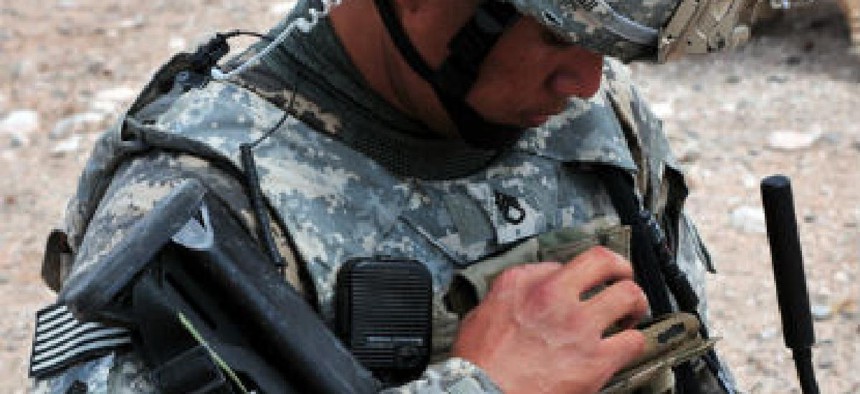Who's getting it right?

The Defense Department's mobile technology pilot programs provide a fast track for the use of smartphones and tablet PCs at the Pentagon and in the field.
All government procurement is not created equal. A closer look reveals pockets of excellence, many of which focus on the acquisition of high-tech communications capabilities that provide near-instant dividends. It doesn't hurt that the demand for everyday devices, especially by younger members of the workforce, adds a layer of pressure to get procurement done fast and done right.
At the Defense Department, a few efforts have helped decision-makers get critical devices into the hands of warfighters more quickly, without the long turnaround that has come to define defense procurement.
Mobile technology pilot programs, which were profiled in FCW's April 15 issue, provide a fast track for the use of smartphones and tablet PCs at the Pentagon and in the field. Although such programs cannot immediately provide the millions in DOD's military and civilian ranks with shiny new iPhones, they can identify the outdated policies and ineffective governance structures that hinder rapid procurement.
"The key thing is getting the processes into place to do the governance and certification," said Mike McCarthy, operations director at Army Brigade Modernization Command. "I think we're a lot closer than we've ever been to having a solution that we can rapidly stand up across all of the Army. There's a lot of work within the entire DOD to leverage the insight we've had in these smartphone efforts from over the past couple years. And I think you're going to see some things that are going to be universal throughout DOD and probably throughout other departments."
The limitations of pilot programs, however, relate to questions about mobile device management — including standardized security — and scalability. The Defense Information Systems Agency's $16 million award of a mobile device management/mobile application store could offer a glimpse into how DOD will buy and run its next generation of capabilities for daily operations.
The award was made a few months ago, but DISA, contract winner Digital Management Inc. and all other associated parties have remained quiet about the program. The silence underscores how precarious success stories can be, and sources say many other government agencies are waiting to see DISA's next move before deploying their own full-scale mobility programs.
Aside from pilot programs, the Army's Network Integration Evaluation (NIE) offers a chance for vendors to bring their IT offerings to Fort Bliss, Texas, for two weeks of hands-on demonstrations. The program has faced criticism — including a Government Accountability Office report released in August that highlighted problems with acquisition logistics — but Army officials have insisted that the program is essential to getting new technologies into war zones quickly.
Besides serving as a testbed to see what works with the military's network and what does not, NIE gives soldiers the opportunity to assess the technologies. Officials say their feedback has proven invaluable to the military's buying decisions. It has also accelerated the deployment of technologies that have passed the tests.
"We've made a lot of small purchases that we've rolled back in very quickly over in the theater, putting small technologies into the hands of soldiers," said Lt. Gen. James Barclay, the Army's deputy chief of staff. "And we've also made changes to existing programs."
Heidi Shyu, assistant secretary of the Army for acquisition, logistics and technology, said NIE has had a major impact on how DOD handles procurement.
"NIE has helped us incorporate soldier feedback. That's the No. 1 most important thing we've gotten out of that," Shyu said. "We now understand what we need to modify and change to improve utilization.... It has also shaped our acquisition strategy on a number of important programs. We have seen stuff out there that has changed our strategy."



